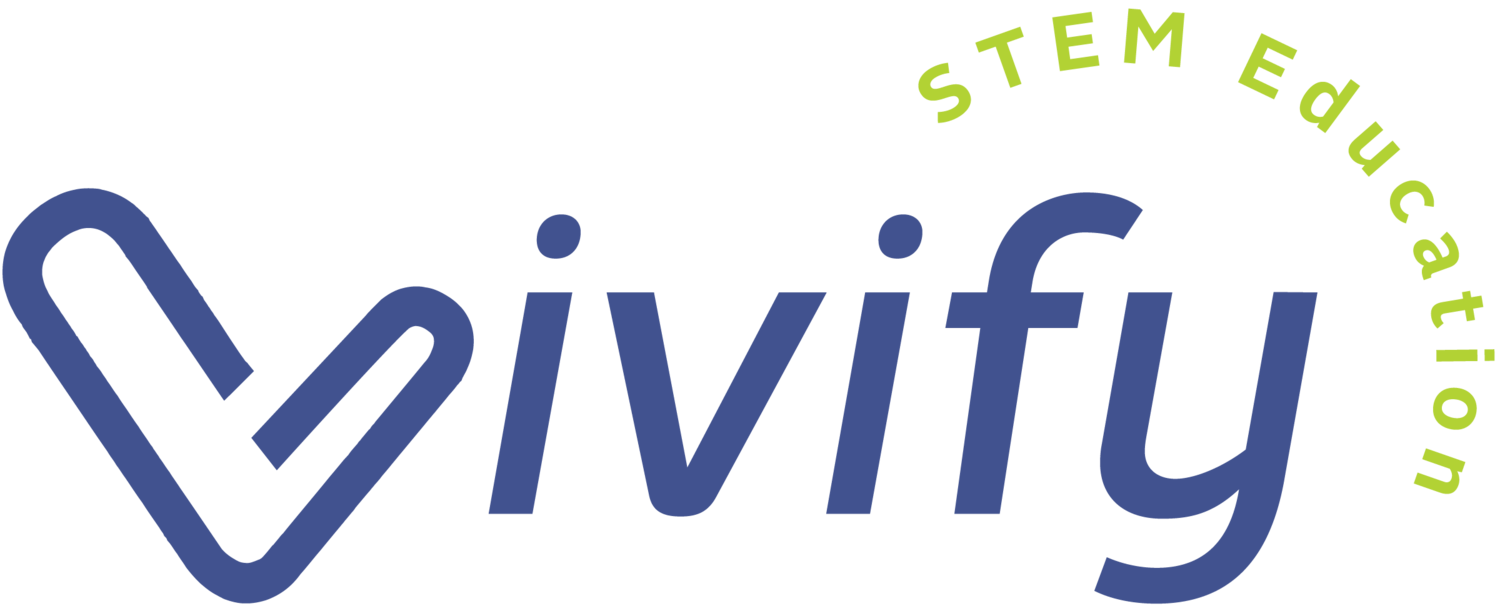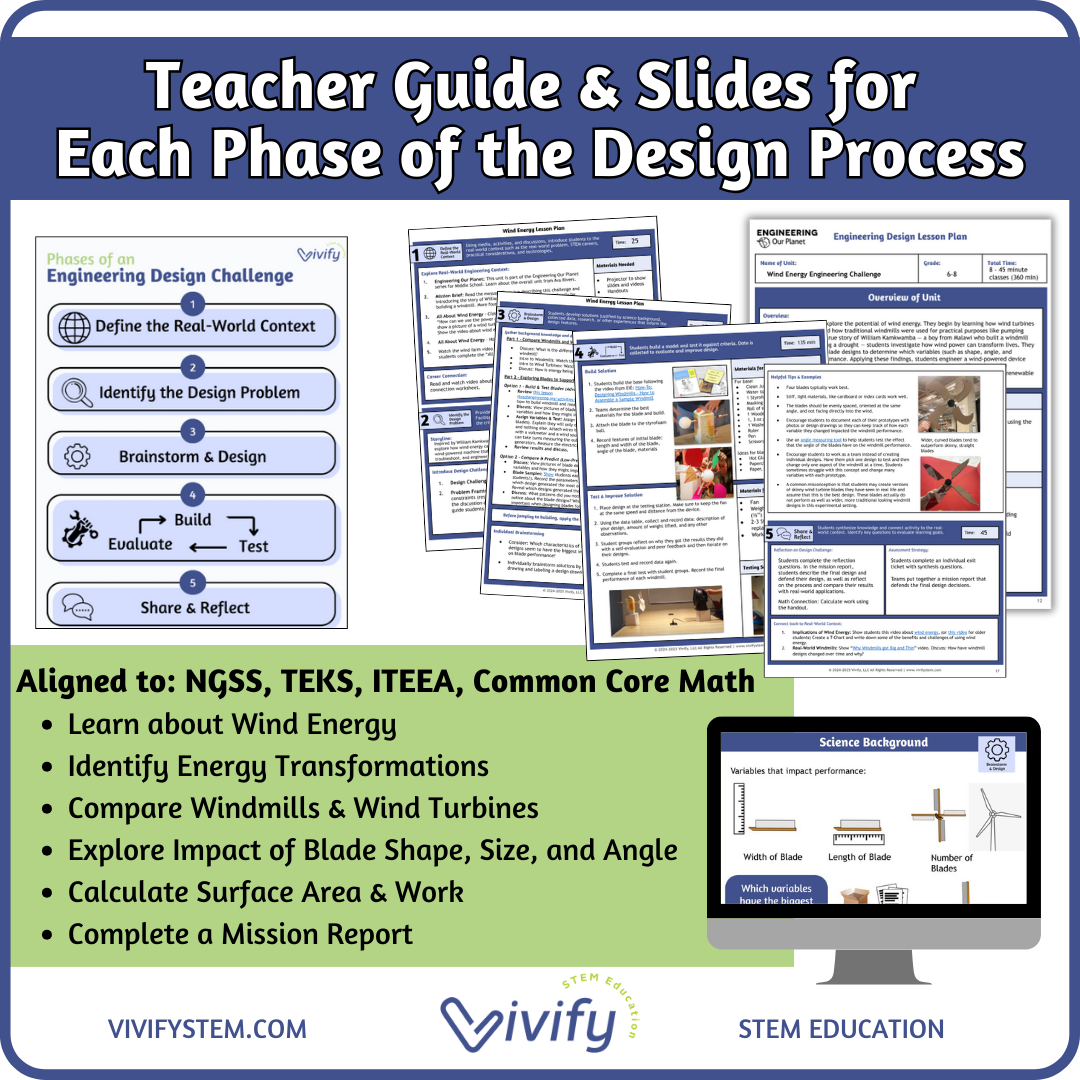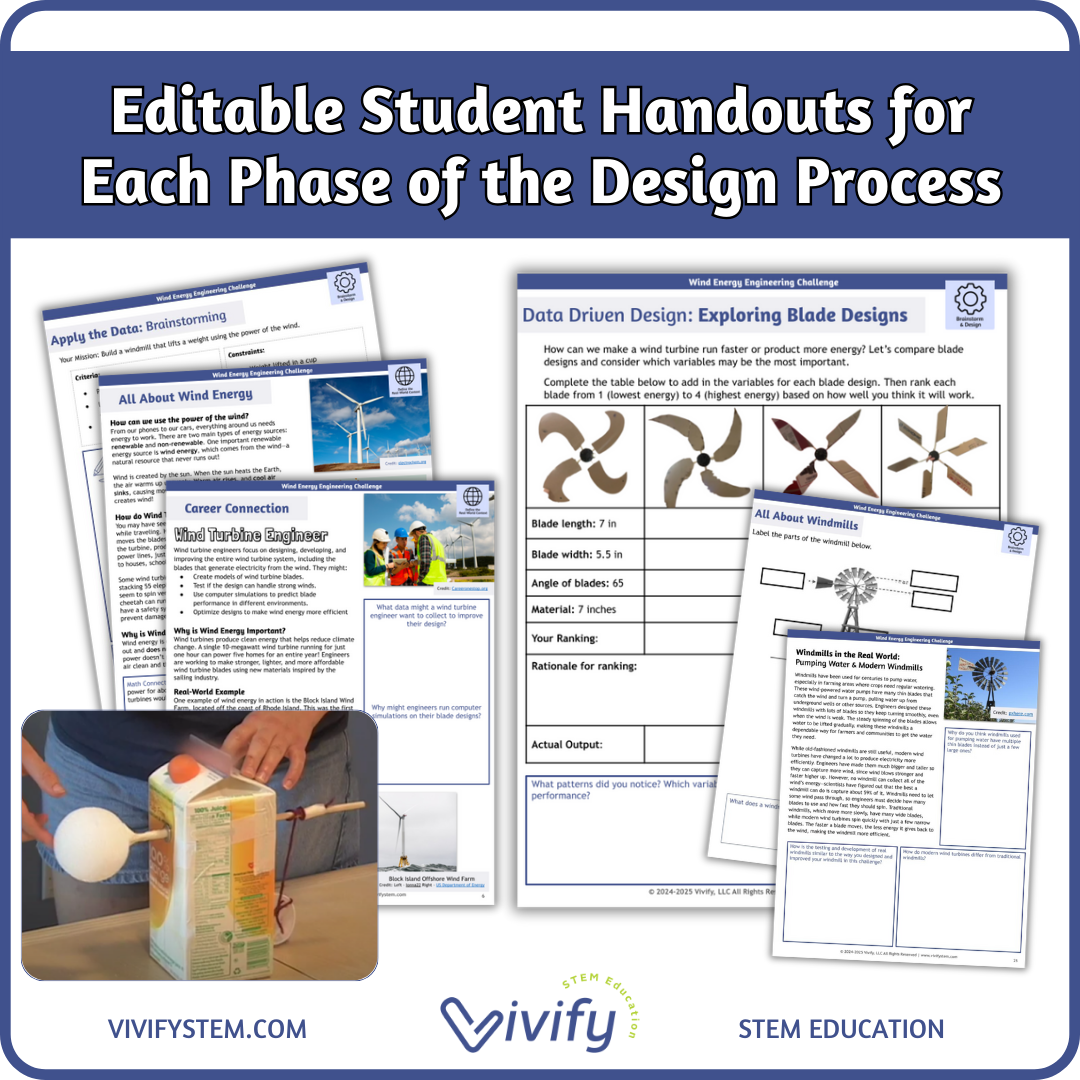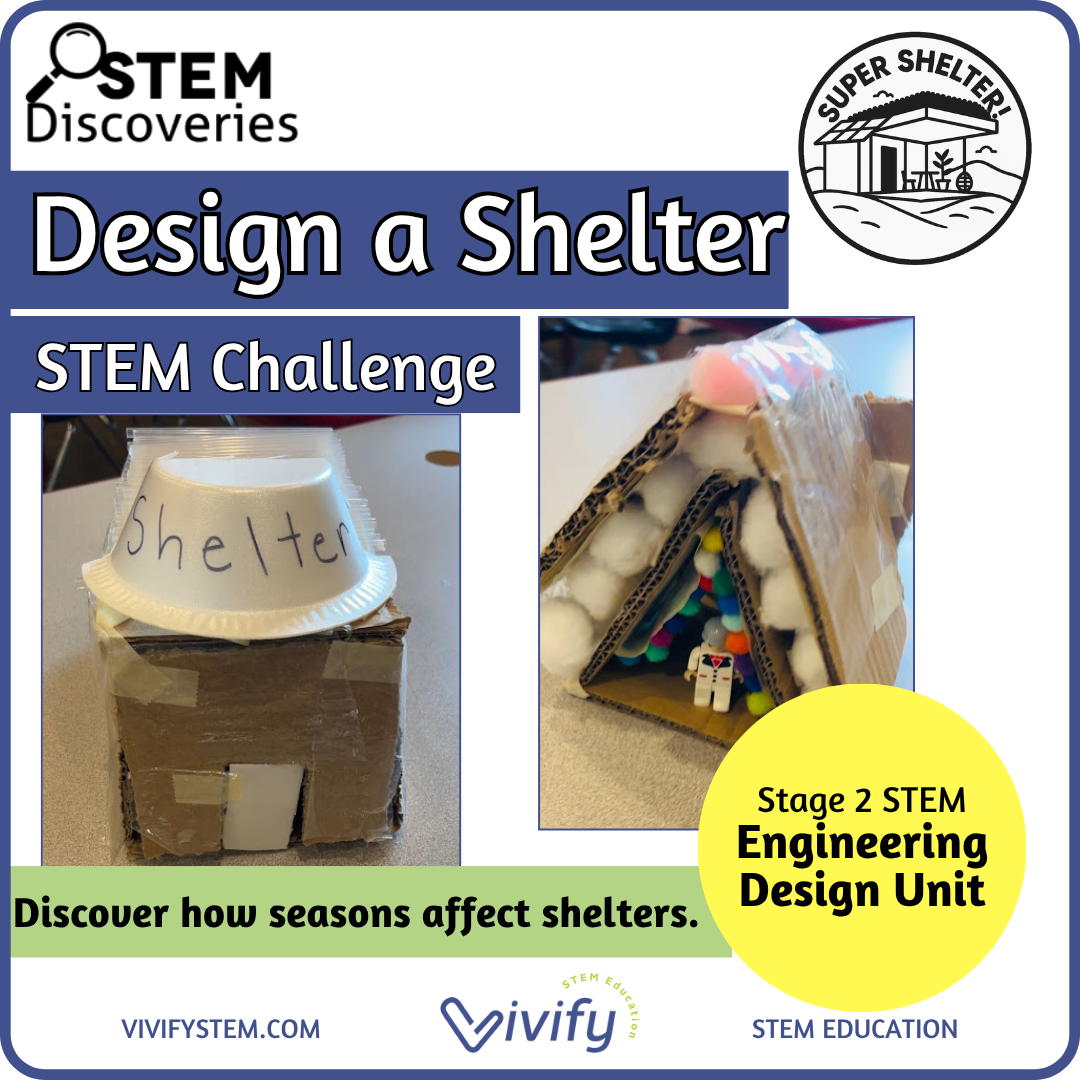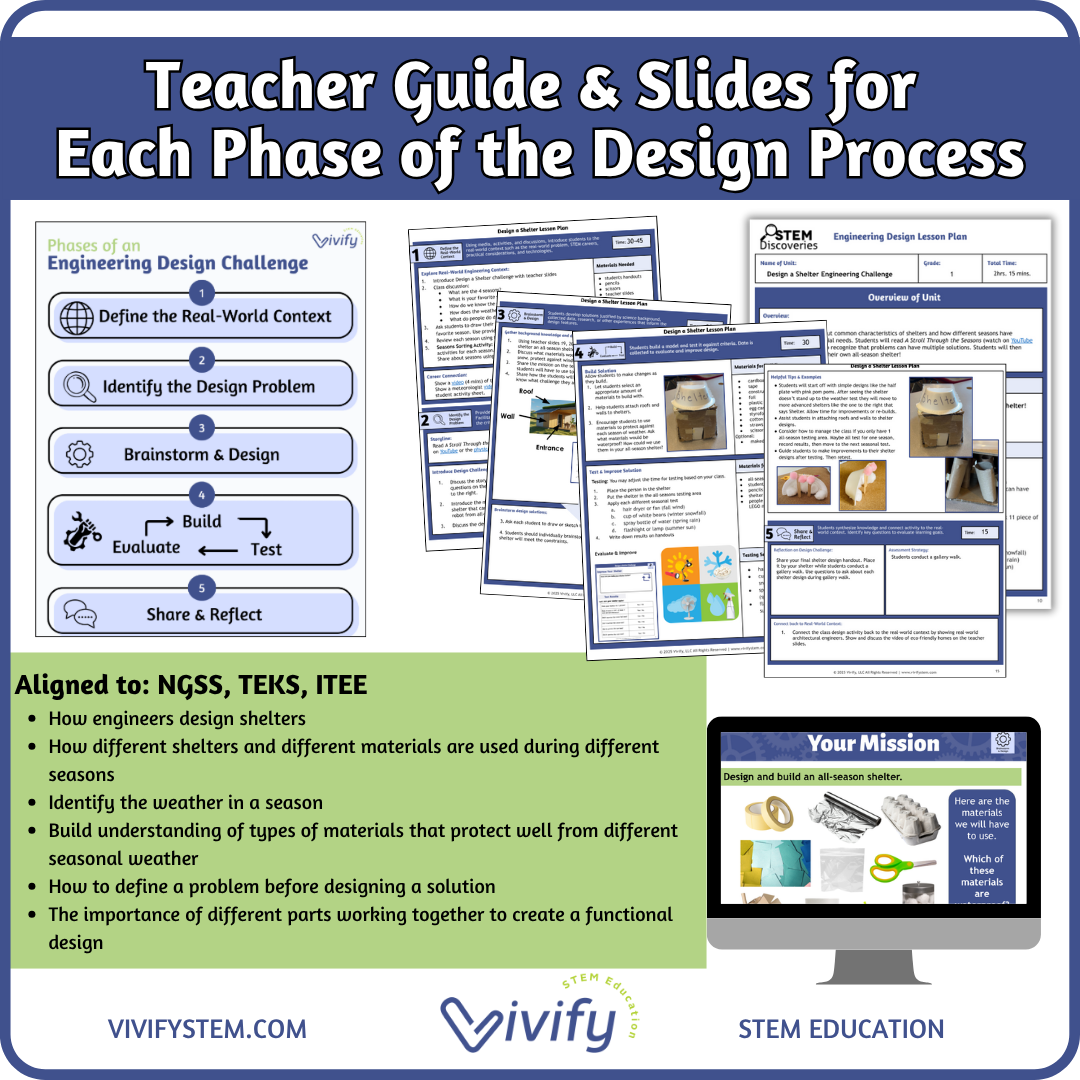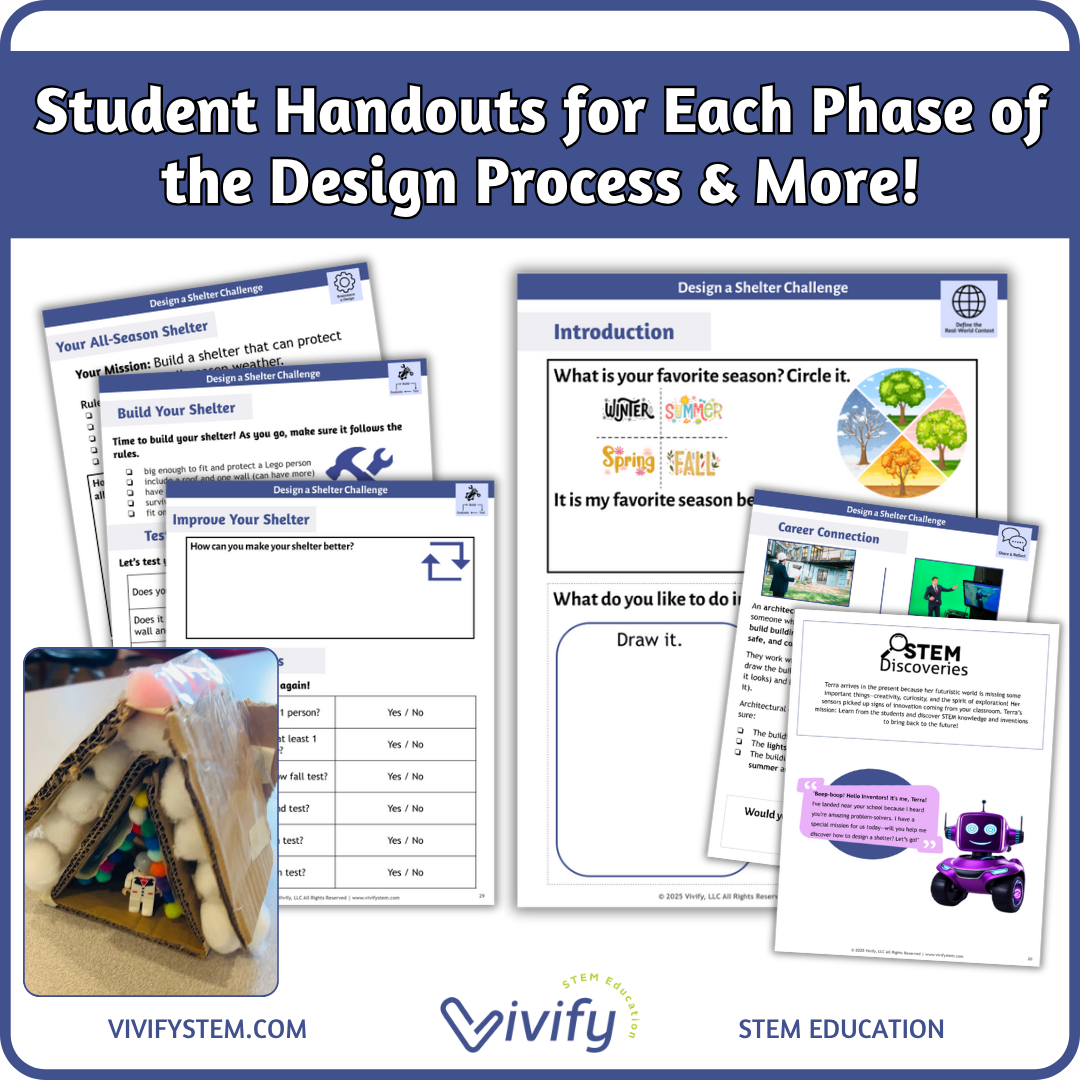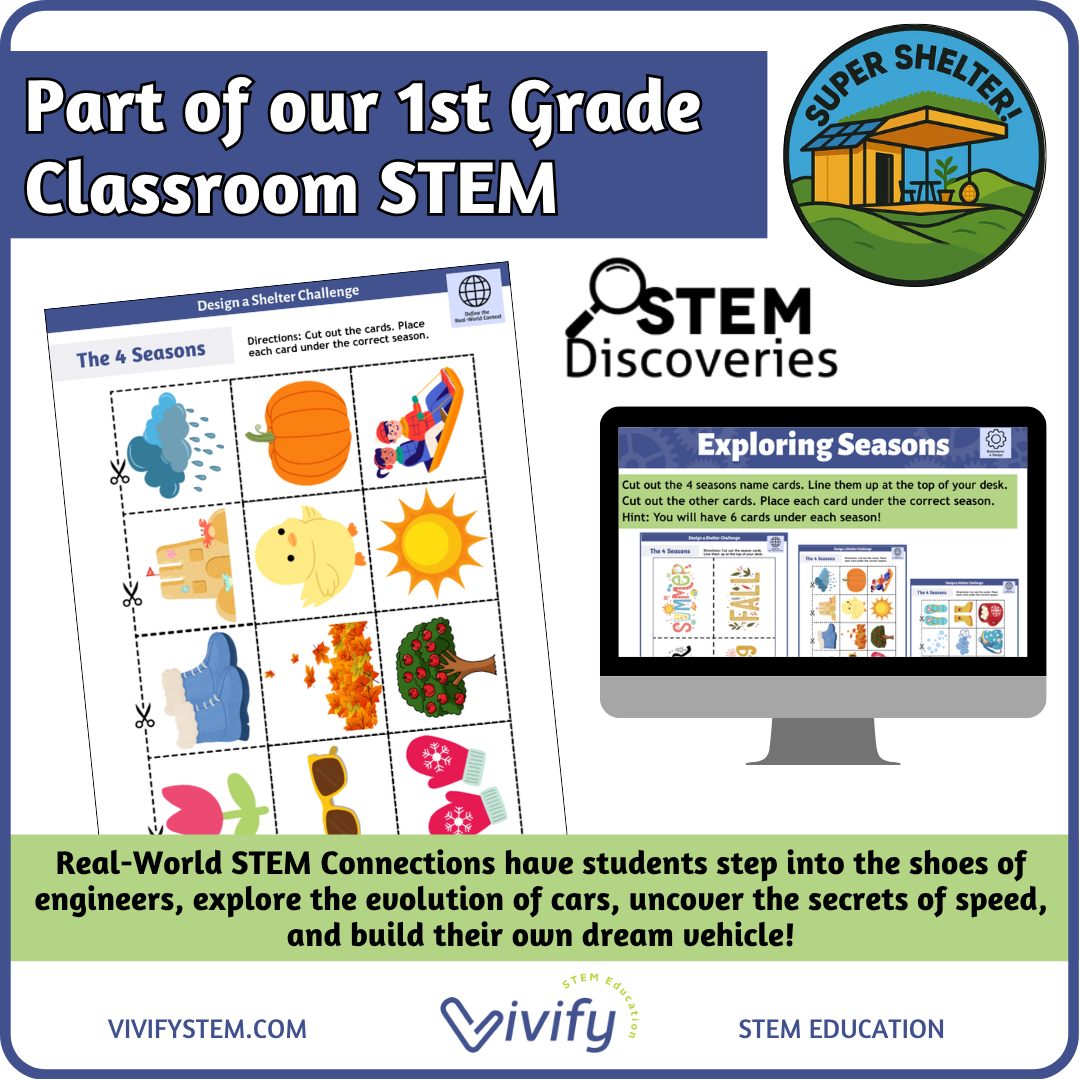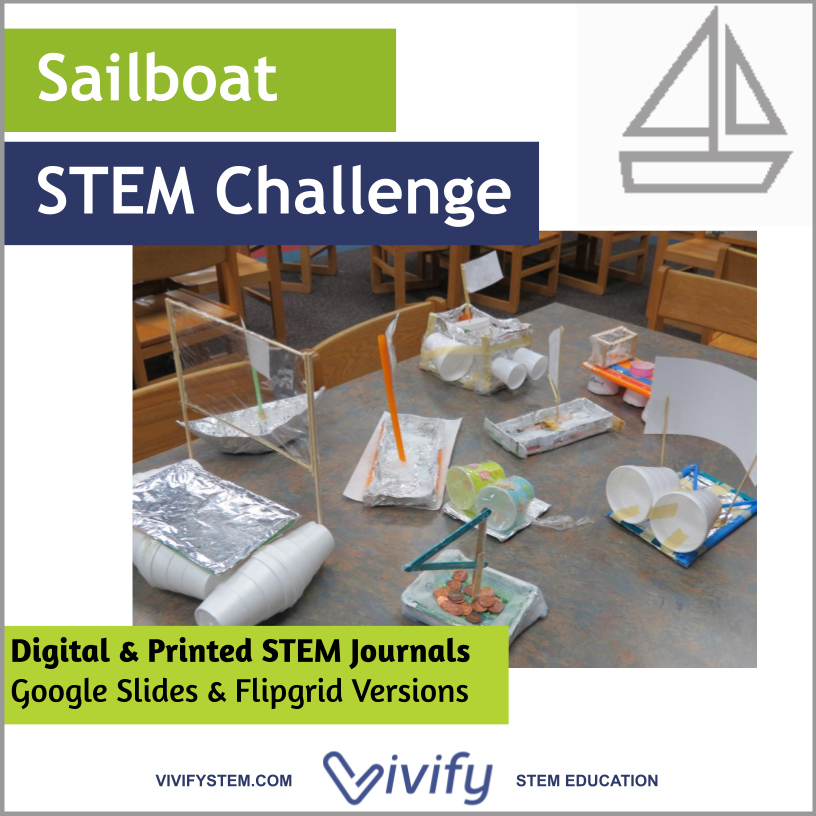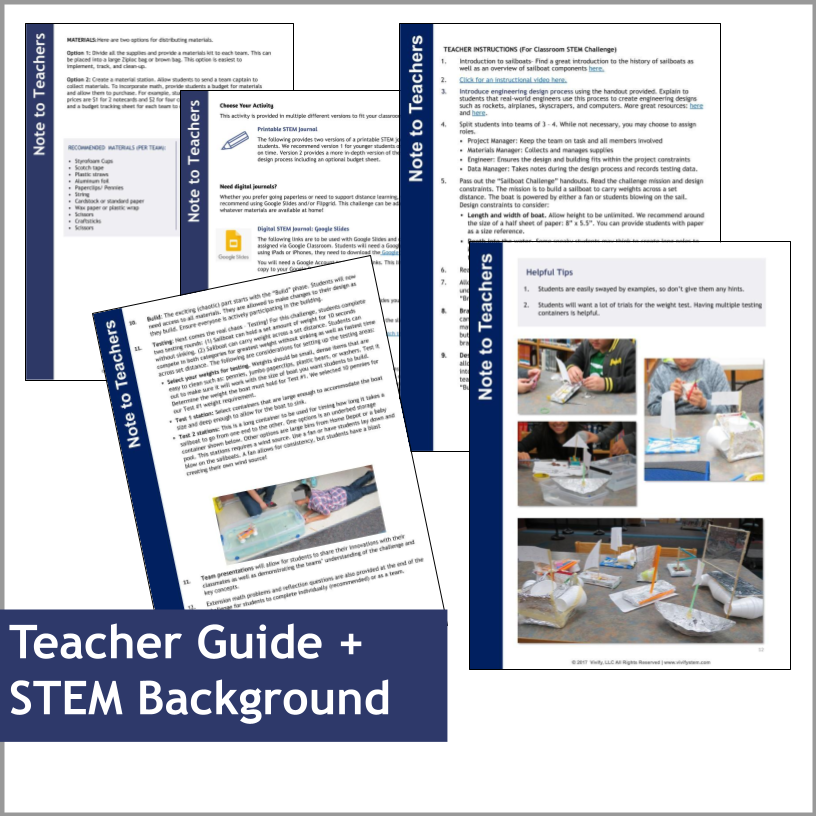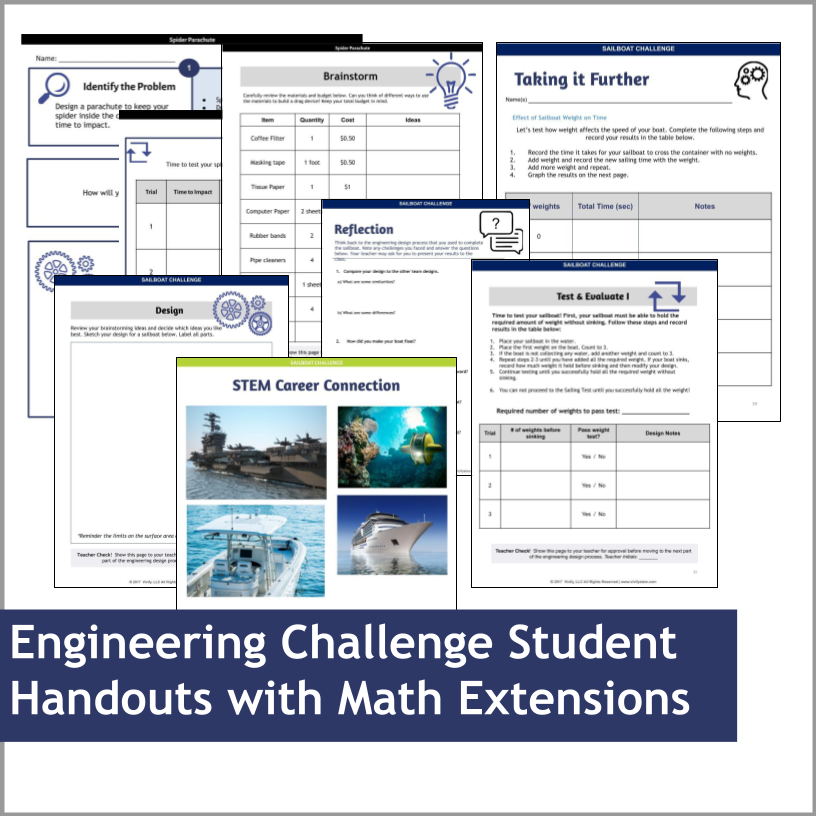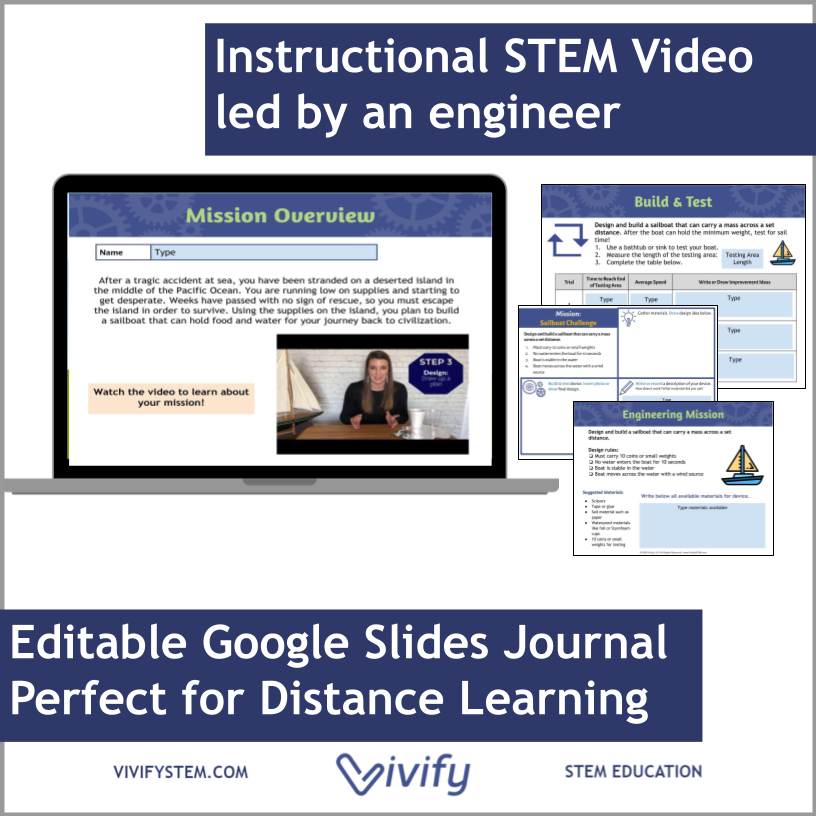Wind Energy - Design a Windmill Middle School STEM Unit
Learn about wind energy and harness its power through a hands-on engineering challenge, including building and testing a windmill that lifts a weight. This unit is part of our new Engineering Our Planet middle school series!
Engineering Our Planet Storyline (Adaptable for Grades 6 - 8): Our planet is facing big challenges, from pollution and deforestation to extreme weather and rising seas. Meet Ava Rivers, an environmental engineer, world traveler, and problem-solver. Ava will be our guide as we tackle global environmental emergencies. Pack your creativity and bring your best ideas — it’s time to start Engineering Our Planet!
A Mission to Harness the Wind: In this unit, students learn about the true story of William Kamkwamba, a boy from Malawi who built a windmill to save his village during a drought. This inspires the challenge to design and build a wind-powered machine that can lift a weight. After an introduction to windmills and wind turbines, students then test and analyze blade designs to determine which variables (such as shape, angle, and material) impact performance. Throughout the challenge, students are introduced to the role of wind turbine engineers and explore how renewable energy technologies are advancing global sustainability goals.
Engineering Learning Goals in this unit include:
Real-World Connections: Learn the story of William Kamkwamba, who used wind energy to save his village. Learn the role of a wind turbine engineer.
Making: Build a functioning model using common materials that can convert wind into kinetic or electrical energy.
Habits of Mind: Define the criteria and constraints of the engineering problem. Use data to inform design decisions.
Science: Identify wind as a renewable energy source that has benefits and challenges. Recognize the energy transformations in a windmill and a wind turbine. Explore the impact of blade shape, size, and angle on performance.
Technology: Identify and compare the main features of a windmill and a wind turbine. Compare how technologies using wind energy have changed over time.
Math: Calculate the surface area and angle of the blades. Calculate work.
Included in this product:
Aligned to: NGSS, TEKS, and ITEEA Standards
Complete Teacher Guide following the engineering design process
Materials list and activity suggestions
Editable teaching slides
Sample Blade Design Flash Cards
Editable student handouts for each phase of the design process, including science background, STEM career connection, information on William Kamkwamba, and more!
Mission report
Recommended Supplies:
Juice Carton
Styrofoam ball
Masking Tape
String
Paper Cup
Wooden Dowel
Washer (⅜ in)
Index cards
Cardboard
Paper
Popsicle sticks
Fan
Weights such as washers
2021 TEKS Standards Alignment (Texas)
Science Standards:
Practices: 1A/B/D/E/F/G/H; 2A/B/C/D; 3A/B; 4A/B/C
Content: 6.6C, 6.12C, 7.6A, 8.6A, 8.6C
